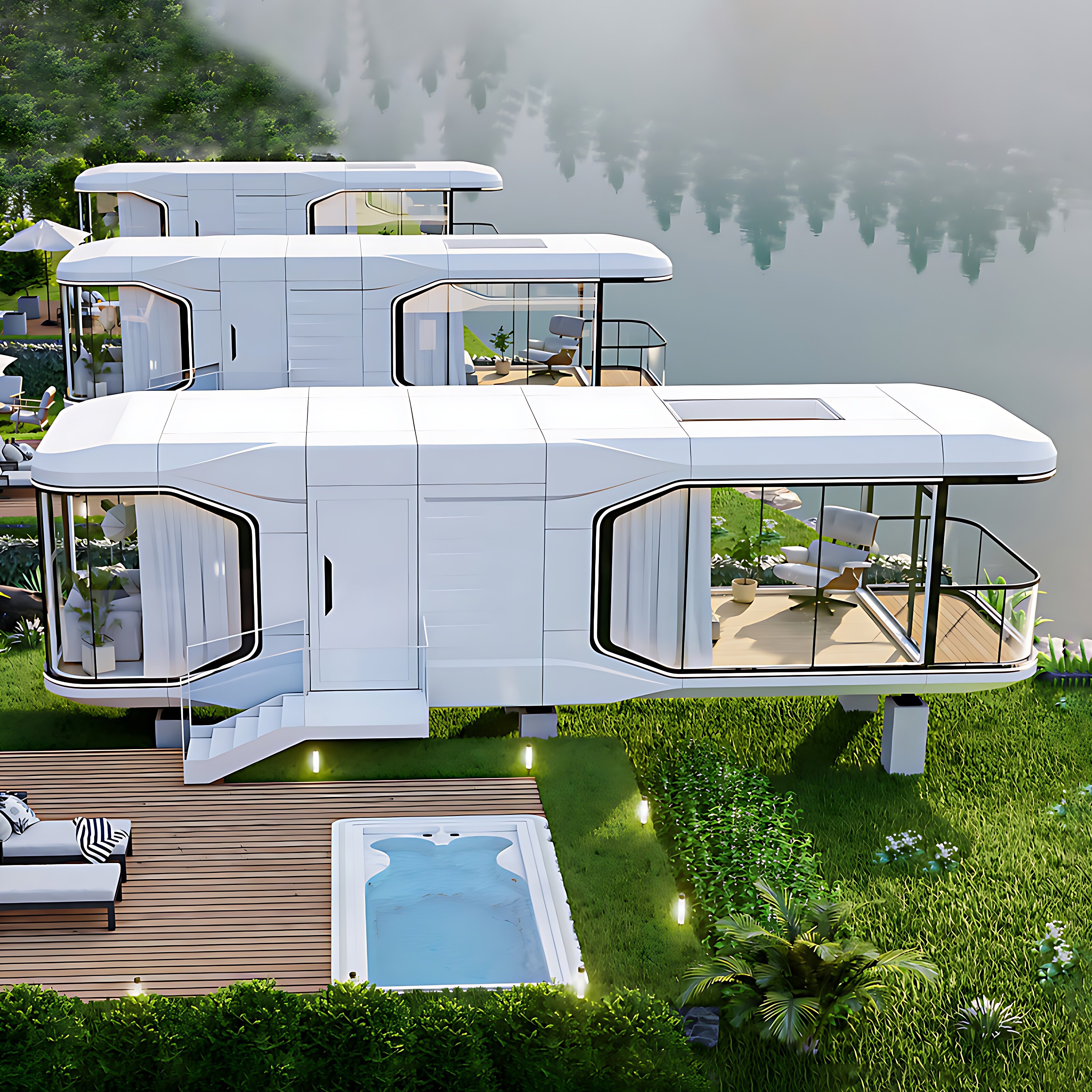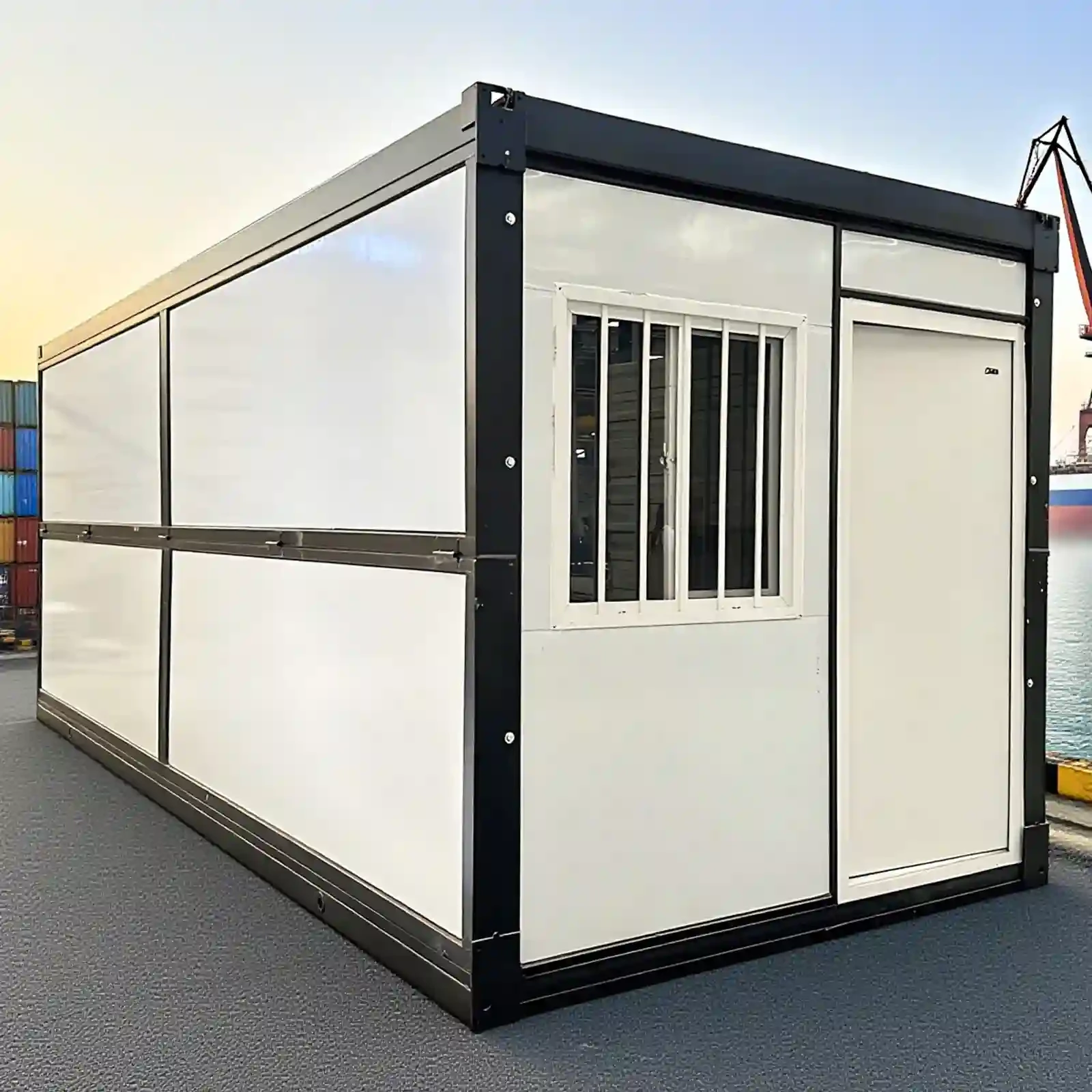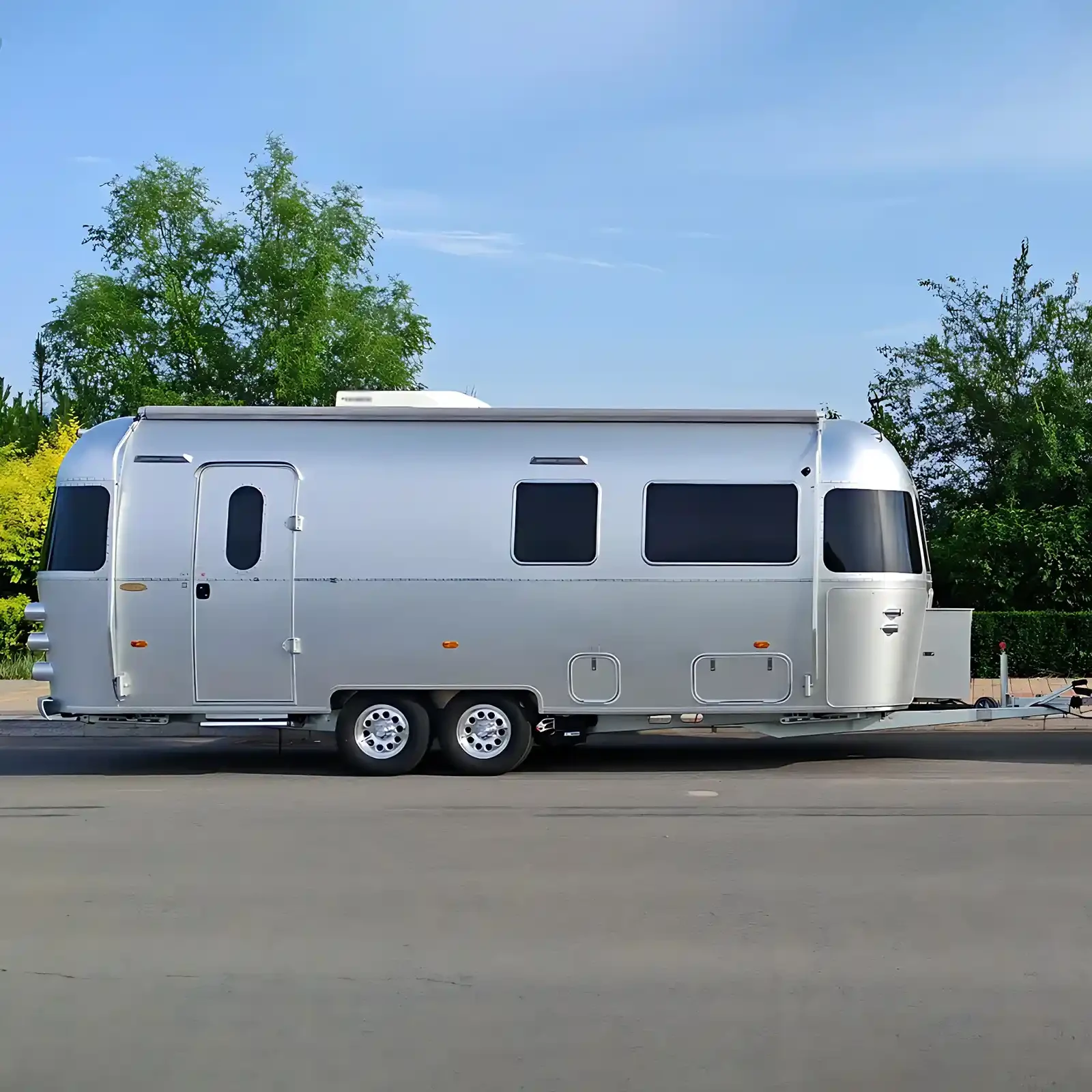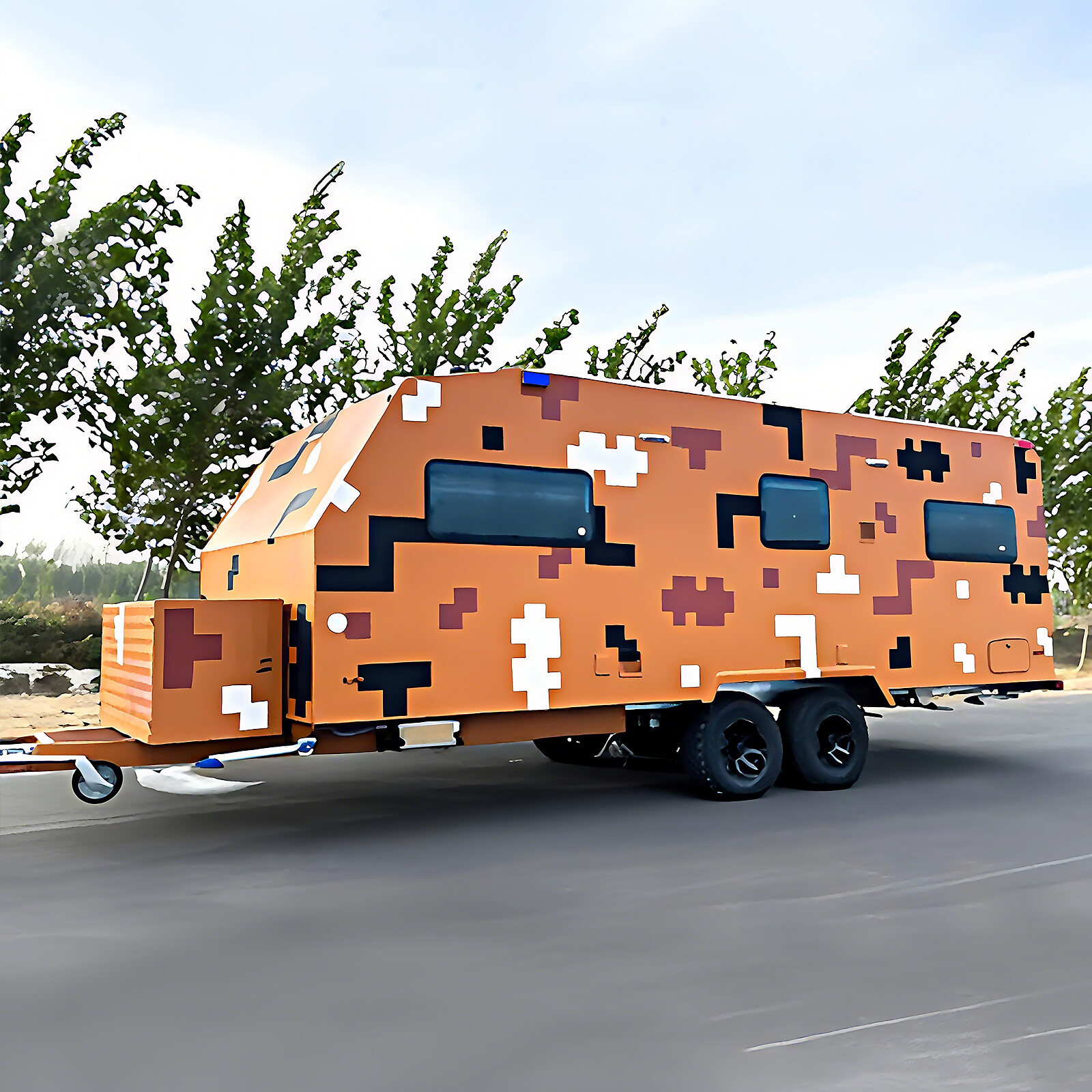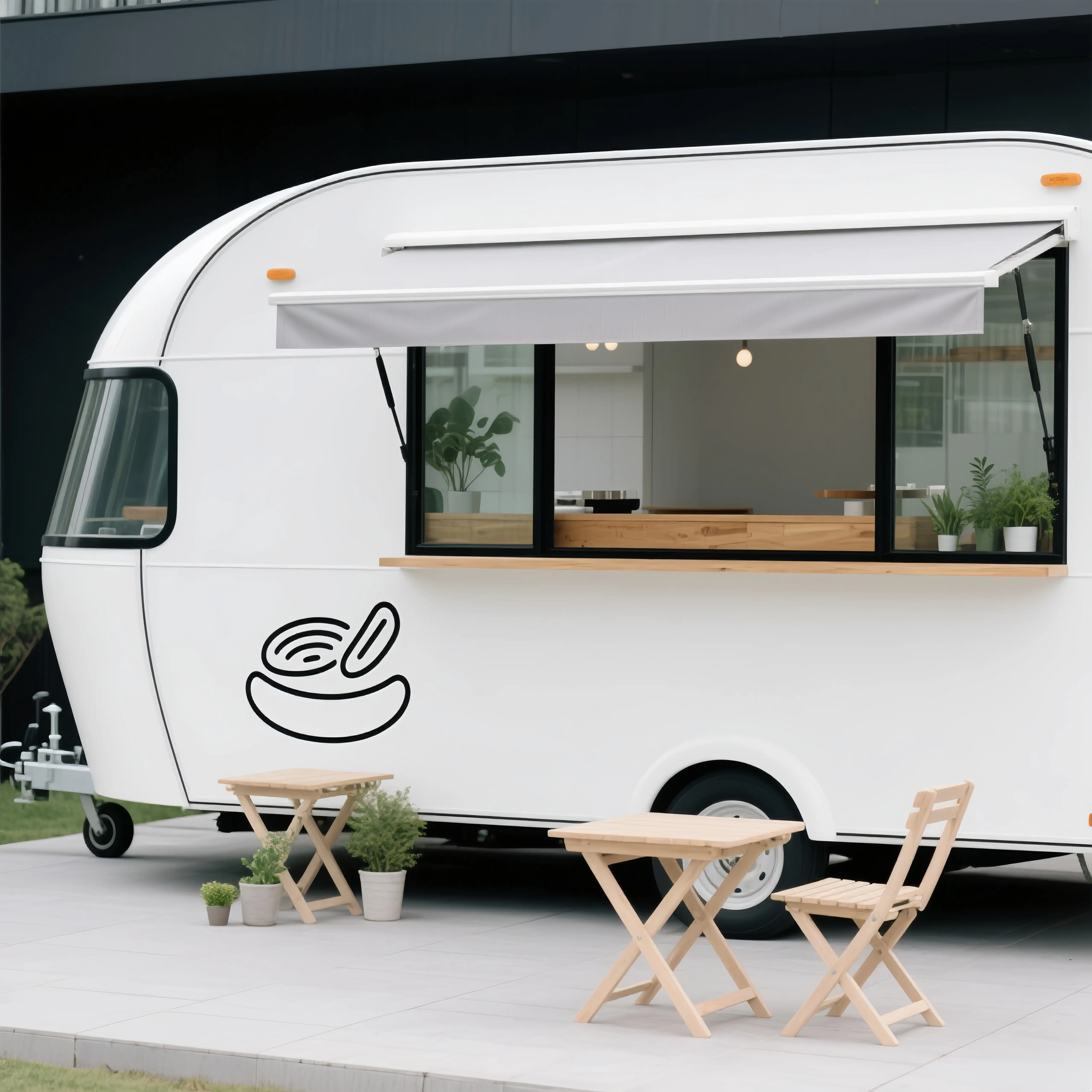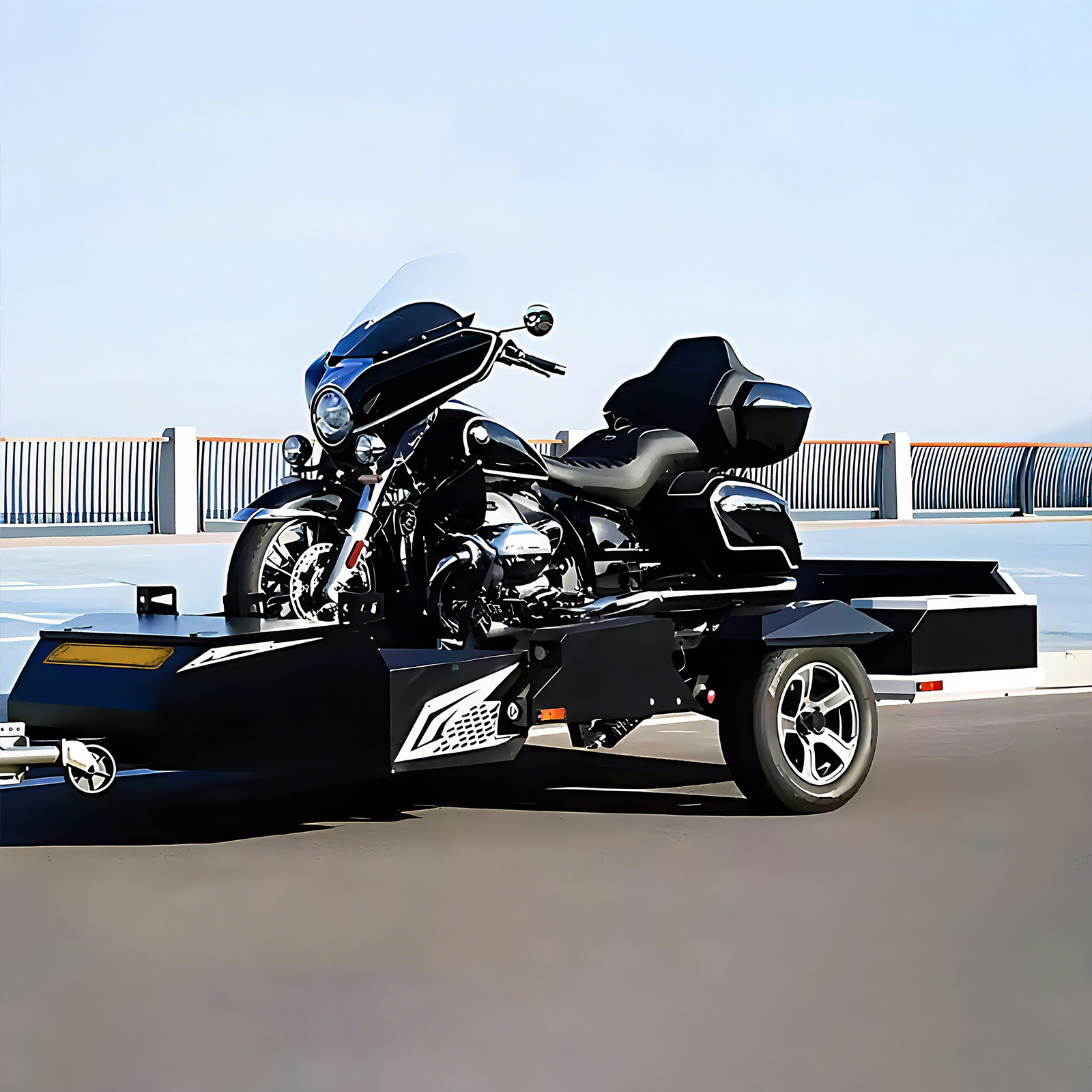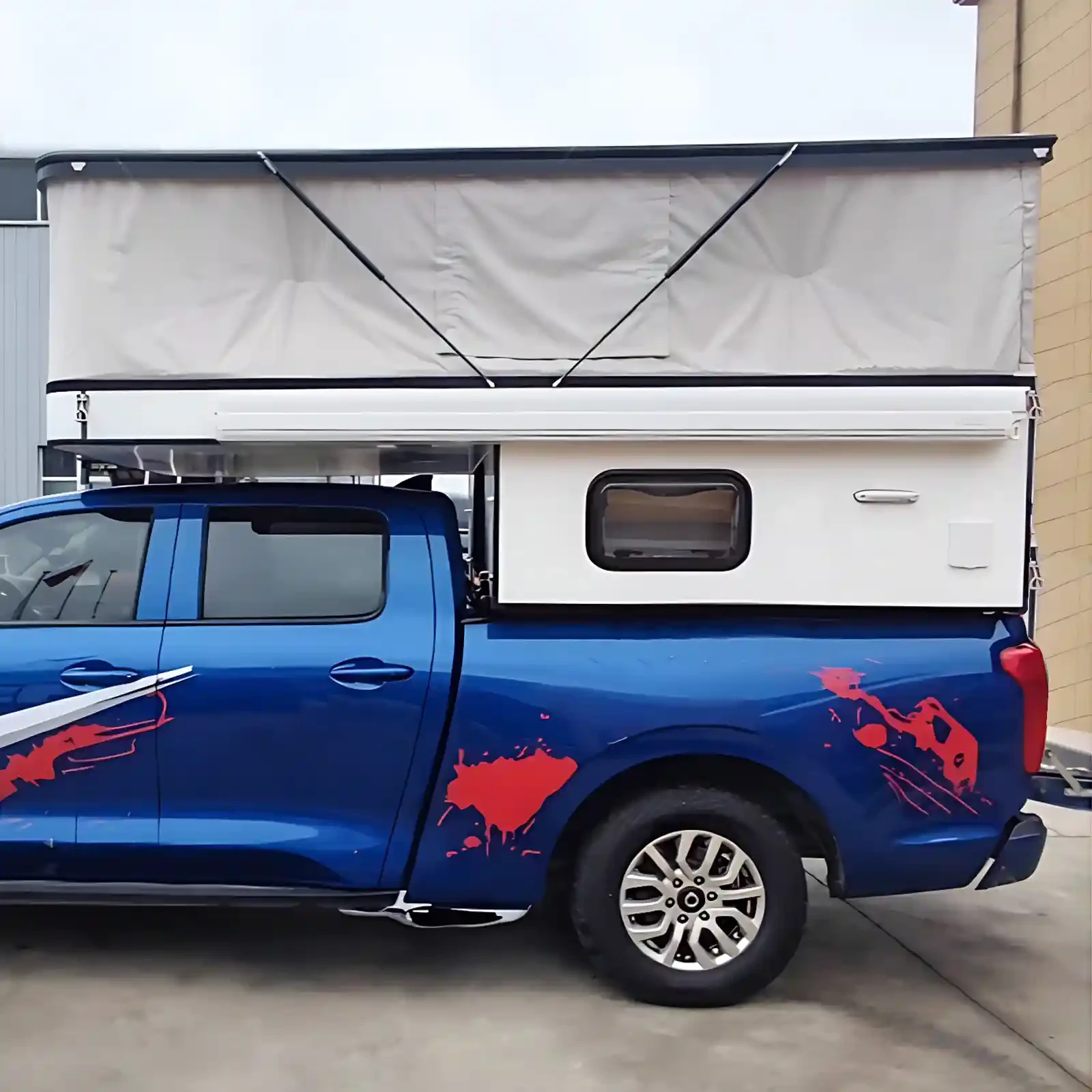In today's world of pursuing unique living experiences, space capsule villas, with their sci-fi appearance and innovative design, are gradually gaining popularity. However, a key question lingers in the minds of many potential buyers: how much external pressure can a space capsule villa withstand? This question not only affects the safety of residents but also affects the capsule's suitability in different environments.
Structural materials lay the foundation for compressive resistance
The structural material of a villa space capsule is a key factor in determining its compressive strength. Currently, most common space capsules are made of aviation aluminum alloy. Aviation aluminum alloy offers significant advantages in terms of high strength and light weight. Its strength enables it to effectively withstand external pressure, making it less susceptible to structural deformation in severe weather conditions such as strong winds and heavy snow. For example, in some high-altitude and windy areas, the aviation aluminum alloy used in space capsules undergoes a special process to achieve a yield strength of [X] MPa, capable of withstanding wind pressures of [X] Newtons per square meter. Furthermore, its light weight allows the space capsule to maintain compressive strength while reducing its own weight, lowering the requirements for the underlying support structure and further improving its overall stability.
Some high-end villa space capsules also utilize carbon fiber composites. Carbon fiber is extremely strong, with a tensile strength several times greater than that of ordinary steel. When subjected to external pressure, carbon fiber composites evenly distribute the pressure, preventing structural damage caused by localized stress concentration. Furthermore, carbon fiber materials exhibit excellent corrosion resistance, maintaining stable compressive properties even in complex environments such as humidity, acidity, and alkalinity. For example, in resort areas near the sea, space capsules made of carbon fiber composites can effectively resist erosion from sea breezes and salt spray, and can withstand external pressure stably over long periods of time.
Unique design optimizes compressive performance
The overall design of a space capsule plays a crucial role in optimizing its pressure resistance. In terms of appearance, most common space capsules adopt a streamlined design. This design effectively reduces wind resistance and lowers the wind pressure in strong winds. When wind blows through the capsule, the streamlined shape allows airflow to flow more smoothly, reducing the pressure points caused by air impact. Wind tunnel test data shows that streamlined space capsules can withstand lower wind pressure in high wind speed environments compared to traditional square buildings.
In terms of internal structural design, space capsules typically adopt a frame structure and are equipped with reinforcing ribs. The frame structure provides a stable support system for the space capsule, while the reinforcing ribs further enhance the strength and stability of the structure. These reinforcing ribs are evenly distributed throughout the space capsule, just like the bones in the human body. When external pressure is applied, they can quickly transfer and disperse the pressure throughout the frame structure, thereby increasing the space capsule's compressive strength. Taking a certain brand of space capsule as an example, its internal frame is made of high-strength steel, and the layout of the reinforcing ribs has been precisely calculated. In simulation experiments, it can withstand pressure equivalent to its own weight without structural damage.
Environmental factors test stress resistance
Different environmental factors pose various challenges to the pressure resistance of the villa space capsule. In high-altitude areas, the atmospheric pressure is low and the temperature difference between day and night is large. The space capsule needs to have good sealing performance to prevent the cabin from deforming due to the pressure difference between the inside and outside. At the same time, its structural materials must be able to adapt to low-temperature environments and maintain good mechanical properties. For example, in mountainous areas above [2000] meters above sea level, the cabin sealing material of the space capsule is made of low-temperature resistant rubber material, which can maintain good elasticity and sealing at a low temperature of - [5] ℃, ensuring stable cabin pressure.
In earthquake-prone areas, the space capsule's ability to withstand earthquakes and pressure becomes crucial. Through specialized shock-absorbing designs, such as the installation of shock-absorbing pads and the use of flexible connections, the space capsule effectively absorbs and disperses earthquake energy, reducing damage to the capsule structure caused by seismic waves. Simulated earthquake experiments have shown that the seismically designed space capsule can maintain structural integrity even in simulated Richter scale earthquakes, providing a safe haven for occupants.
Stress testing ensures safety
To ensure that the villa capsule can withstand the pressure required in actual use, rigorous pressure testing is essential. Manufacturers typically use a variety of testing methods. The first is a simulated wind pressure test. Using large wind tunnel equipment, the capsule is subjected to long-term wind pressure loading tests to simulate environments with different wind speeds and directions, monitoring the deformation and stress distribution of the capsule structure. The second is a weight loading test. A certain weight is placed on the top of the capsule, and the weight is gradually increased until it exceeds the design pressure limit. This verifies the capsule's structural stability under vertical pressure.
In addition to these routine tests, we also conduct simulation tests for specialized environments. For example, in a laboratory simulating high-altitude, low-temperature environments, the capsule undergoes dual pressure and temperature tests; on a vibration table simulating earthquakes, the capsule undergoes seismic and compression tests. Only capsules that pass these rigorous tests are released to the market, providing consumers with a safe and reliable living experience.
The Villa Space Capsule is engineered to withstand external pressure through careful selection of structural materials, unique design, and rigorous testing. Whether navigating harsh weather or complex geographical environments, the capsule provides a safe and stable living space. With continued technological advancements and innovations in materials and processes, the villa space capsule's pressure resistance is expected to improve further, offering even more innovative, comfortable, and safe living options.

 USD
USD
 GBP
GBP
 EUR
EUR
